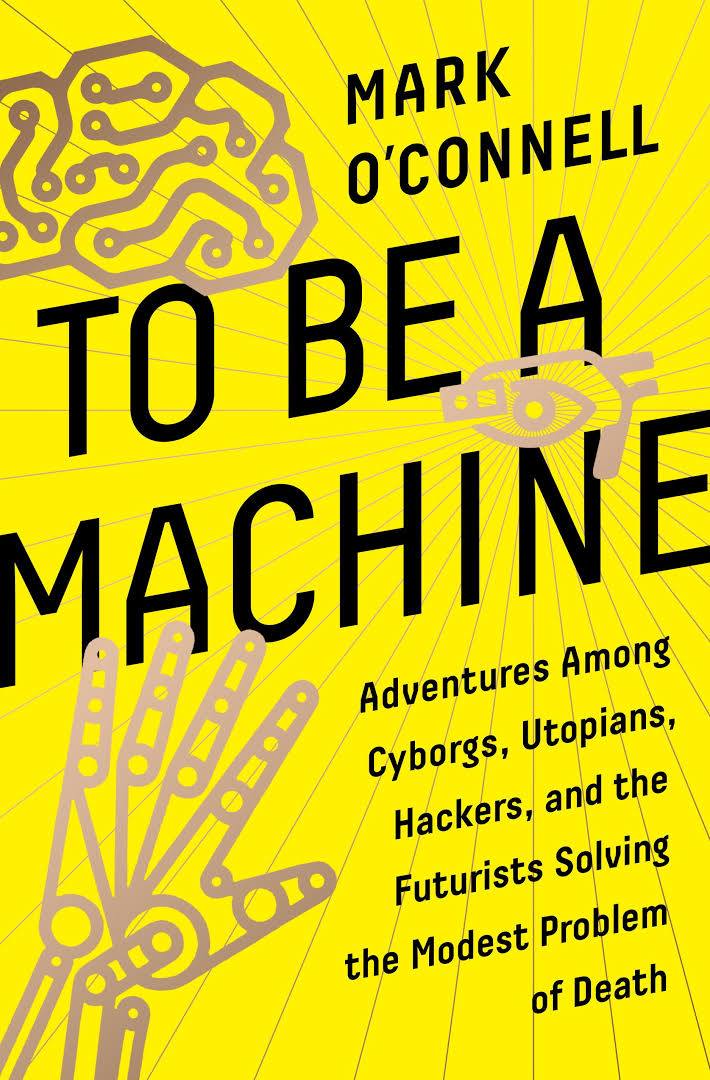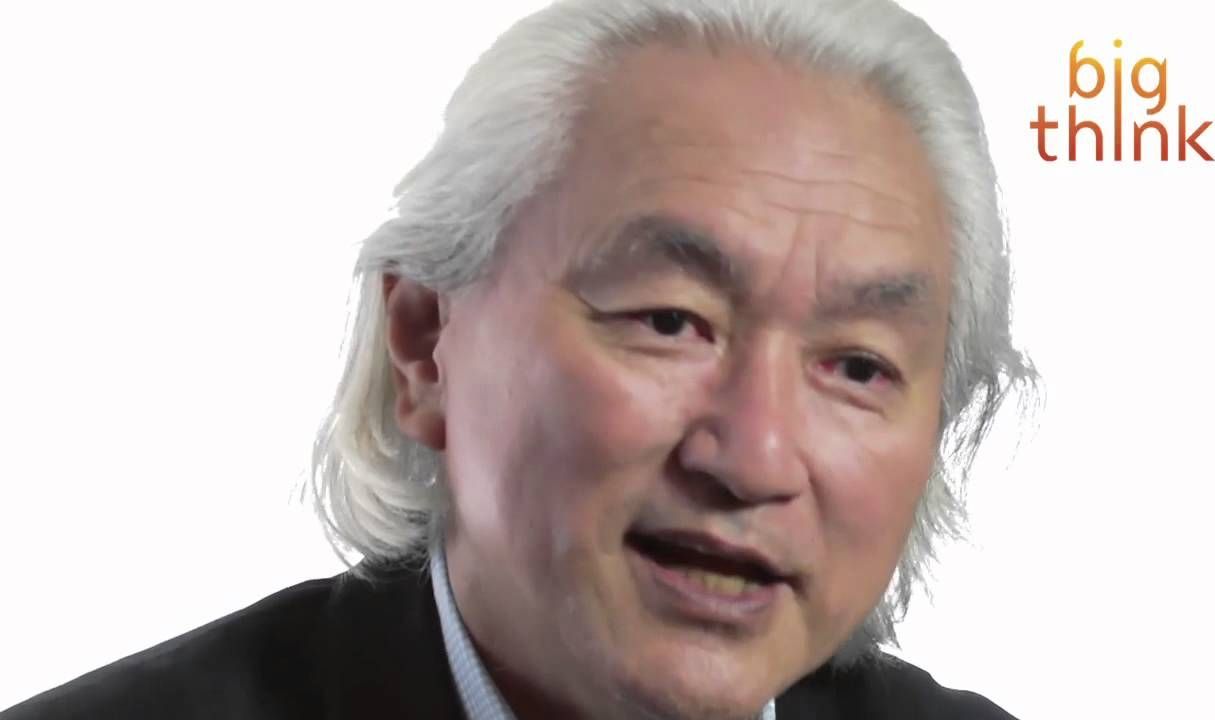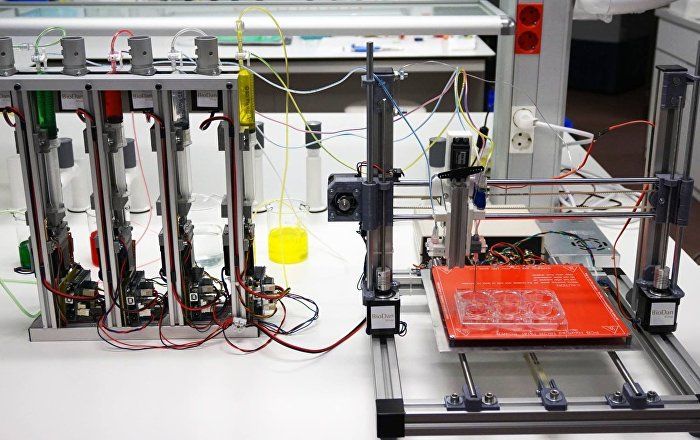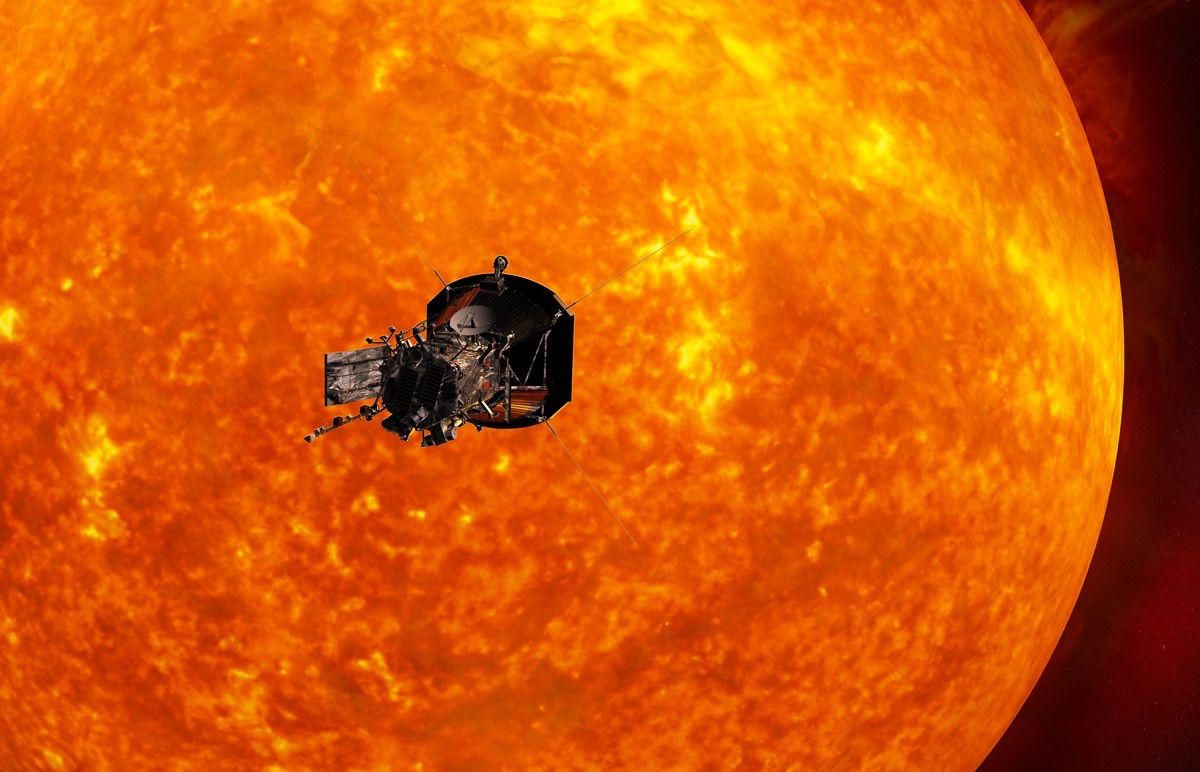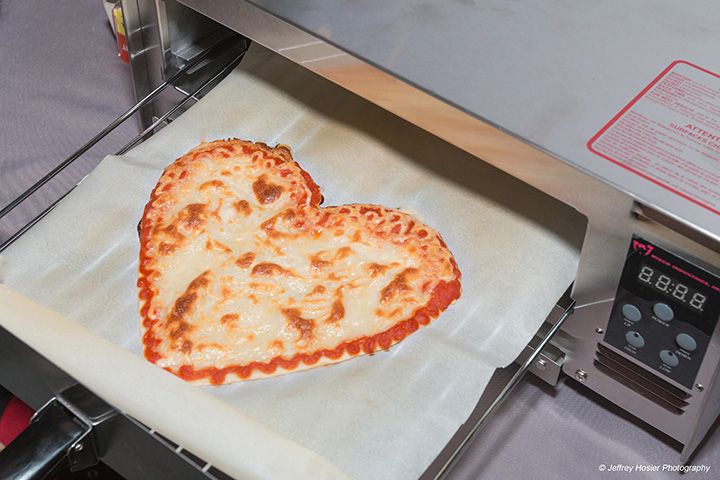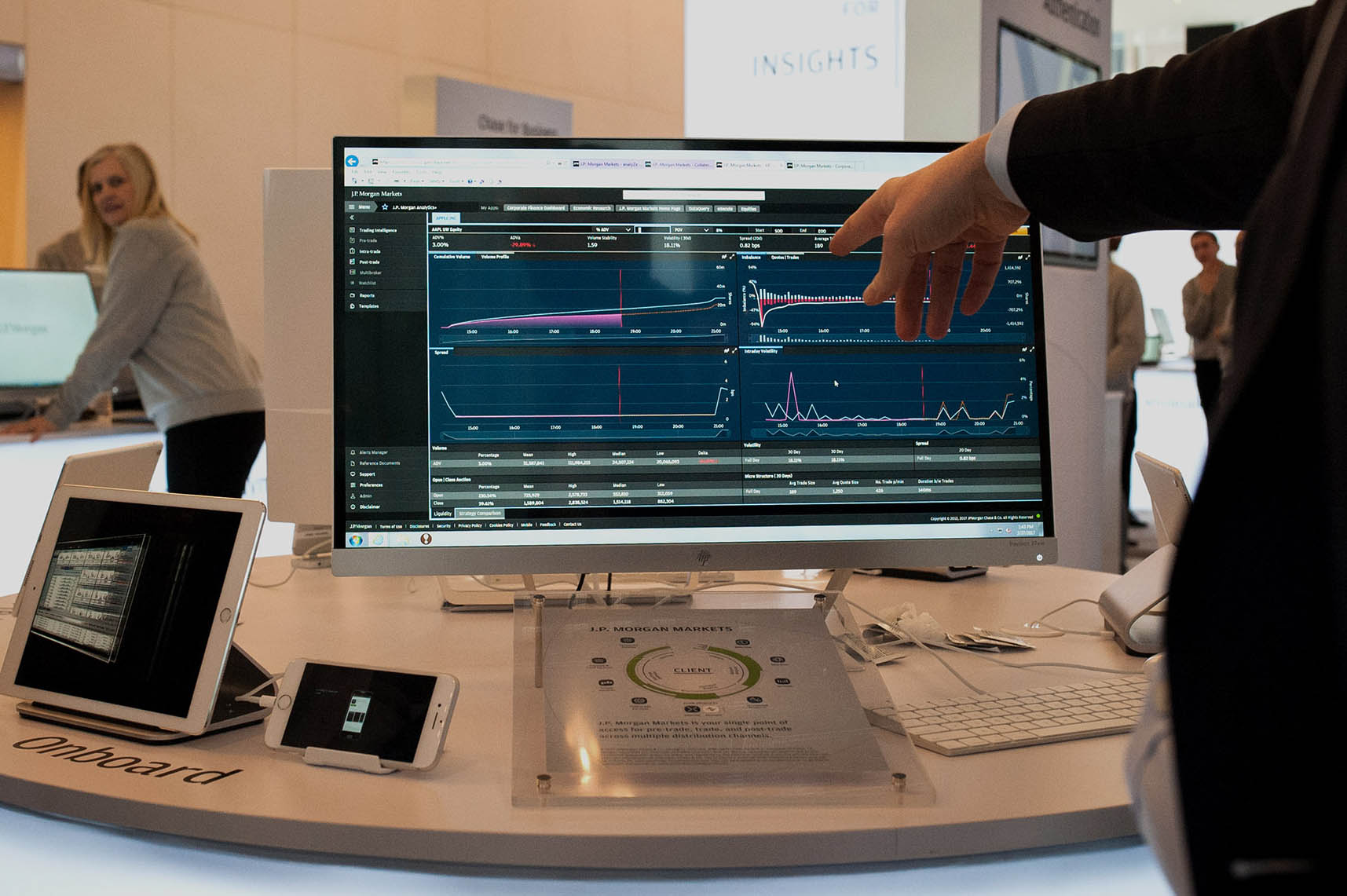It’s really the first widely reviewed book by a prominent writer that specifically covers modern #transhumanism. While it’s done from a non-transhumanist perspective, it’s great reading and a BIG step forward for transhumanism and life extension (we need books about the movement that target laypeople). The last chapter is dedicated to the Immortality Bus and my presidential campaign. Additionally, many transhumanists and their work are covered in this comprehensive book. Grab a copy! https://www.amazon.com/Be-Machine-Adventures-Utopians-Futuri…sr=8-1
The nation of Singapore is planning to implement a digital identity programme that is inspired by the one in Estonia.
The aim of the programme is to revamp its current national IDs, potentially allowing citizens simpler access to government services, financial transactions, and more.
According to the country’s prime minister Lee Hsien Loong, Singapore is not “going as fast as we ought to” in its drive to implement digital solutions and improving in areas such as electronic payment and transportation, news portal Today Online reported.
Dangerous thought.
The scientific world was set ablaze of late as discussions ramped up about the resurrection of the wholly mammoth. I know what you’re thinking: Jurassic Park. Well, not quite — but maybe not that far off, either. Dr. Michio Kaku, professor of theoretical physics at the City College of New York, wonders: what if we could clone the Neanderthal, or a dinosaur, based solely off their genomes?
George Church, geneticist and director of Harvard University’s Church Labs, believes that we can clone a Neanderthal in our lifetime. So much so that he thinks all we need is “one extremely adventurous human female.” While he doesn’t advocate for the project to be attempted straight away, he does encourage discussion on the matter. Church believes that with current stem cell technology and our completed sequence of the Neanderthal genome, we are equipped with the potential to clone a Neanderthal.
A 3D bioprinter able to create human skin is already being used to help burns patients and carry out skin testing, Alfredo Brisac, CEO of Spanish bioengineering company BioDan, told Radio Sputnik.
Last month, scientists at Universidad Carlos III de Madrid and the BioDan Group presented a prototype 3D bioprinter that can create human skin suitable for transplantation to patients or for use in cosmetic, chemical or pharmaceutical testing.
One of the first living human organs to be created using bioprinting, the 3D-printed skin is created using bio-inks with living cells that are deposited onto a structure that replicates nature. The bio-ink contains the key elements of keratinocytes, fibroblasts and fibrin, which can recreate the structure of the skin.
Our artificial intelligence systems are continuing to get smarter, with scientists demonstrating that a system called DeepCoder is now clever enough to borrow bits of code from other programs to solve basic problems.
But the team behind the tool don’t want to put human programmers out of a job – they want to make it easier for people to build programs without any coding knowledge.
DeepCoder is a project run by Microsoft and the University of Cambridge, using deep learning techniques to mimic the neural network of a brain, where vast amounts of data are processed and evaluated to make decisions.
3D Food Printing
Posted in 3D printing, food, robotics/AI
Personalized. Clean. Fast. Consistent. Revolutionary.
BeeHex is a B2B company. We design and build commercial 3D food printers and fresh-food producing robots — all controlled by BeeHex software and mobile app. Born of a NASA project, BeeHex’s Chef3D printers and food bots streamline fresh food production with truly personalized nutrition.
Contact us today!
Na JPMorgan Chase & Co., uma máquina de aprendizagem está analisando os acordos financeiros que antes mantinham equipes jurídicas ocupadas por milhares de horas.
O programa, chamado COIN, para o Contrato de Inteligência, faz a tarefa de interpretar acordos de empréstimo comercial que, até que o projeto foi lançado em junho, consumiu 360 mil horas de trabalho por ano por advogados e agentes de crédito. O software revê os documentos em segundos, é menos propenso a erros e nunca pede férias.
No que diz respeito à COIN, o programa ajudou a JPMorgan a reduzir os erros de manutenção de empréstimos, a maioria resultante de erro humano na interpretação de 12.000 novos contratos por ano, de acordo com os seus criadores.
BOISE, Idaho (AP) — Three types of potatoes genetically engineered to resist the pathogen that caused the Irish potato famine are safe for the environment and safe to eat, federal officials have announced.
The approval by the U.S. Environmental Protection Agency and the U.S. Food and Drug Administration late last week gives Idaho-based J.R. Simplot Company permission to plant the potatoes this spring and sell them in the fall.
The company said the potatoes contain only potato genes, and that the resistance to late blight, the disease that caused the Irish potato famine, comes from an Argentine variety of potato that naturally produced a defense.
